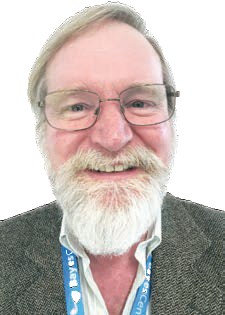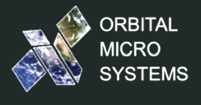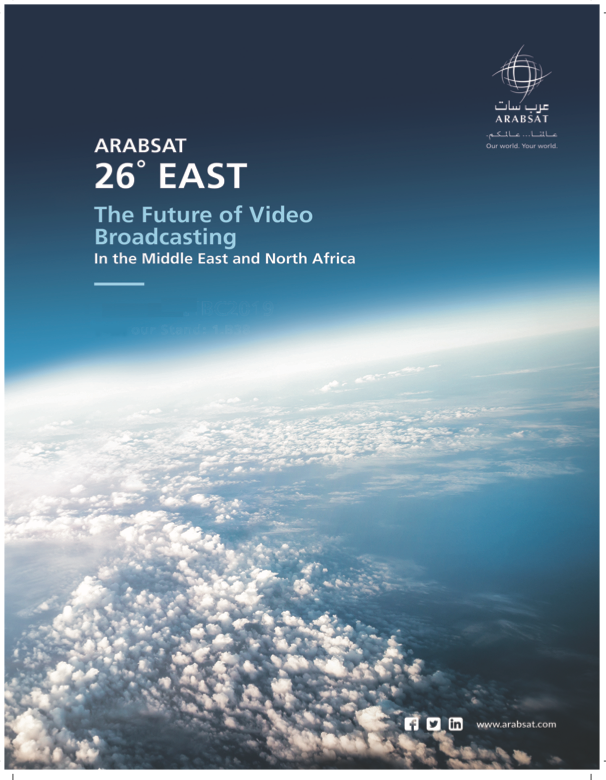Dave Gallaher is the Chief Operating Officer and Chief Data Scientist at Orbital Micro Systems and has more than 30 years of expertise in geosciences, IT technology and remote sensing technologies. His former positions include IT Manager at the National Snow and Ice Data Center in Boulder, Colorado. Dave also developed a cubesat project to monitor polar ice conditions and he leads projects for the analysis of massive quantities of remote sensing data.
Good day, Mr. Gallaher. Please tell us what services and products your company provide to the smallsat industry.

Dave Gallaher (DG)
Orbital Micro Systems (OMS) and its team of highly experienced engineers and scientists have been contributing to the satellite and smallsat industry for decades. The company’s recent efforts include miniaturized microwave radiometry instrumentation, 3-D printed antenna deployment (first use in orbit, 2019), and pioneering dual-use technologies and data products for commercial and government customers.
OMS provides analytics ready data (ARD) to consumers of Earth Observation (EO) data for weather dependent decision making. The company is also building its Global Environmental Monitoring System (GEMS), a constellation of CubeSats in Low Earth Orbit (LEO) equipped with microwave radiometers which gather atmospheric data at eight discrete altitudes. When fully deployed, GEMS will gather data at 15-minute revisit rates for any point on Earth.
One of OMS’ most significant value propositions is the management and validation of quickly growing volumes of EO data being beamed down from satellites each year. This raw data is somewhat akin to iron ore. As it takes numerous steps to refine ore into steel, it takes many unique steps to transform satellite-acquired data into reliable inputs for weather models and other analytics engines. At its International Center for Earth Data (ICED), OMS ingests raw data from GEMS and other sources, refines all source data to address anomalies or errors within the datasets, and aligns information from all these sources in time and geography. The resulting co-aligned dataset provides users with a unique multidimensional repository of analytics ready data in a standardized format and ready for analysis by industry and market specific models and processing engines.
In addition to facilitating access to ARD from multiple sources, ICED processes and makes validated information available to users within as little as 15 minutes of downlink. Availability in this interval can power nowcasting and timely decision-making across industries ranging from transportation to insurance. As a cloud-based platform leveraging cutting edge data science, neural networks, anomaly detection, and advanced algorithms, ICED is setting the stage for advances in how EO weather data is utilized by many markets.
What do you believe are the most significant challenges that need to be addressed within the smallsat and related market segments?
DG
As I mentioned, a critical challenge is the incoming tidal wave of raw data from the hundreds of smallsats in orbit and planned for launch in the next few years. OMS is at the forefront of addressing this challenge, but there are also some fundamental business and operating challenges facing commercial entrants to the smallsat market. Space has not always been an easily accessible market for small or startup companies with big and sometimes radical ideas. While many smallsat and space businesses have been launched on the results of grant-funded research, bridging the gap between research and commercial success is often difficult. In many cases, commercial success has been hindered by high costs and limited access to launch services.
Smallsat growth has helped to reduce these barriers to entry. The relative low cost of CubeSats has opened the door to broad experimentation and innovation. And launch access has accelerated with the growing availability of launch providers and ride-share programs. Commercial competition to government launch services has helped to level the playing field, but there is still a significant industry mindset of “science drives business” that must be addressed. Successful space businesses must be built on science, but they must be run as businesses, not extensions of research programs.
The “build it and they will come” approach is slowly being supplanted by solutions created to address real-world problems or deliver new and innovative services. GEMS is an example of OMS combining scientific advances in multiple domains to craft a solution which improves safety, security, and prosperity through better weather information access.
Certainly, other entrepreneurs are leveraging the latest in technology and science to create solutions as well. But doing so with a solid business case and target market in mind will be crucial for commercial success. The transition from a scientific focus to a business focus is a critical next step for the smallsat industry. Of course, this does not mean that industry should abandon support for ongoing research and experimentation. These efforts have and will continue to provide the critical breakthroughs which will power future commercial efforts..
What may we expect Orbital Micro Systems to reveal over the next few months?
DG
OMS is delivering weather information from microwave sounders in depth and definition that exceeds what has been available from government operated satellites for years. Taking advantage of LEO deployment and commercially produced miniaturized radiometers, OMS’ GEMS constellation is capturing weather events and structures not seen by other satellites. For example, when Super Typhoon Hagibis was bearing down on Japan last year, GEMS captured the collapse and reformation of the eye wall just as the typhoon was gaining strength. As the OMS constellation grows, we will find even more overlooked weather details that will inform and improve forecasts, storm knowledge, and increased safety for populations worldwide.
What are the commercial and social benefits of improved weather data collection by smallsats?
DG
We all make weather-based decisions daily that affect our personal lives. However, companies and governments also make weather-based decisions every day that have broader implications including improved safety, reduced costs, and more timely information. Smallsats have enabled us to gather more data more frequently, and this data can change how business is done, and frankly, how lives are lived.

Take the example of transoceanic flights. Pilots take off with weather data that may be as much as six hours old, based on the current revisit rate of weather satellites. During flight, this somewhat stale information is augmented by radio reports from other pilots and some forward-looking radar systems. This process may be considered state of the art, but it is still lacking in terms of providing flight planners and pilots relevant information to select the safest low-turbulence routes which can improve fuel efficiency and assure safe passage. Weather data from smallsats that take more soundings, and transmit this information to flight planning systems within minutes, is an example of a benefit relevant to the airline industry by improving profitability and safety.
In the public sector, more frequent updates on major weather systems such as typhoons and hurricanes will enable more precise and timely warnings and evacuation orders when needed. When Hurricane Maria approached the Florida coast in 2018, the three-hour update window from legacy weather satellites left observers and planners with little time to prepare as the storm took an unanticipated turn toward the west coast of Florida just prior to landfall. This left material and personnel waiting for a Miami landfall event that never occurred. More timely updates on the storm would have improved readiness and could have reduced unnecessary evacuation costs.
In developing regions of the world, weather observation resources are limited or nonexistent. Smallsats are the only viable and cost-effective technology to provide information that can vastly improve agricultural management, aid in better weather event preparation, mitigate flooding impacts, and help improve safety, security, and prosperity.
Through GEMS and ICED, OMS is leveraging science, expertise, and smallsat technologies to improve commercial and public decision-making affected by weather.



